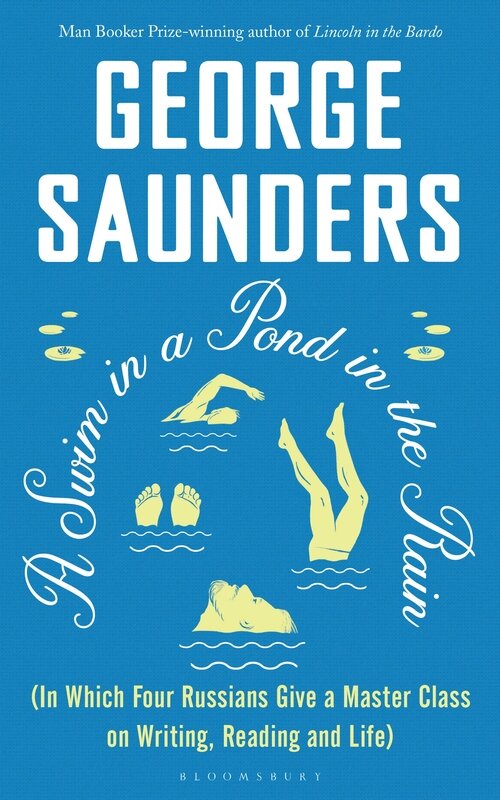Cat in the Rain
A Swim in a Pond in the Rain: in which four Russians give a master class on writing, reading and life by George Saunders is marvellous, and I will write about it here soon.
Meanwhile, here’s an exercise for English teachers that works well. In his first chapter, Saunders analyses Chekhov’s short story ‘In the Cart’, by breaking it up ‘A Page at a Time’ and then thinking about each page before moving on. Of course this is not a natural way to read a story, and Saunders only does it once, but it forces us to read as much as possible in the moment, attending to and noticing the structure.
He suggests, if you want to try this in your own classroom, Hemingway’s story ‘Cat in the Rain’. Break it up into 6 parts (about 200 words each) and hand the sections out one at a time. Ask your pupils to think about their expectations and the ways the story escalates (works well in pair discussion). This worked for me online in remote teaching, though as with so much else it’s better in a ‘real’ classroom.
Some remarks from Saunders to inform our approach to the class:
A story (any story, every story) makes its meaning at speed, a small structural pulse at a time. We read a bit of text and a set of expectations arise.
We could understand a story as simply a series of … expectation/resolution moments.
I’ll give you the story a page at a time. You read that page. Afterward, we’ll take stock of where we find ourselves. What has that page done to us? What do we know, having read the page, that we didn’t know before? How has our understanding of the story changed? What are we expecting to happen next? If we want to keep reading, why do we?
(after the first section) 1) Look away from the page and summarise for me what you know so far. Try to do it in one or two sentences. 2) What are you curious about? 3) Where do you think the story is headed?
Towards the end of the story, pick a place at which to truncate it and ask the ‘Is it story yet?’ question.
As Saunders says about Hemingway’s story,
This little story offers a great chance to talk, in particular, about escalation. It’s quiet but never sits still. There’s a subtle escalatory development in just about every paragraph.
Here are two versions of the story, both with my divisions: PDF if you want it as it is, Word document if you want to manipulate it.
